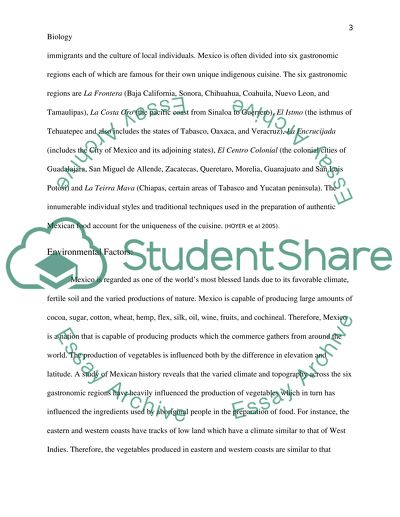Cite this document
(“Evaluation of Mexican Diet Essay Example | Topics and Well Written Essays - 2750 words”, n.d.)
Retrieved from https://studentshare.org/biology/1394427-evaluation-of-an-international-dietmexico
Retrieved from https://studentshare.org/biology/1394427-evaluation-of-an-international-dietmexico
(Evaluation of Mexican Diet Essay Example | Topics and Well Written Essays - 2750 Words)
https://studentshare.org/biology/1394427-evaluation-of-an-international-dietmexico.
https://studentshare.org/biology/1394427-evaluation-of-an-international-dietmexico.
“Evaluation of Mexican Diet Essay Example | Topics and Well Written Essays - 2750 Words”, n.d. https://studentshare.org/biology/1394427-evaluation-of-an-international-dietmexico.


